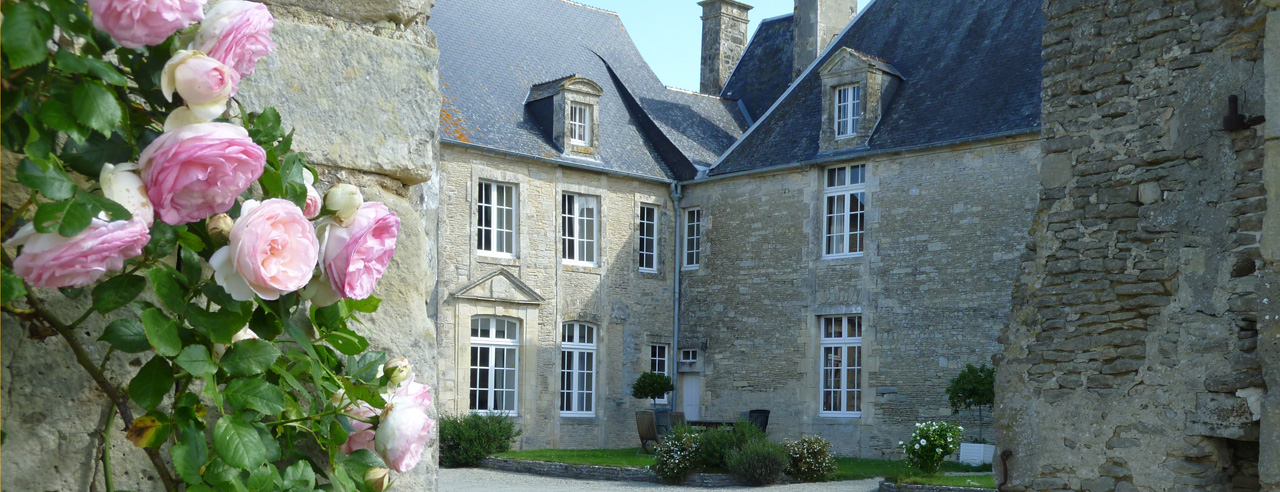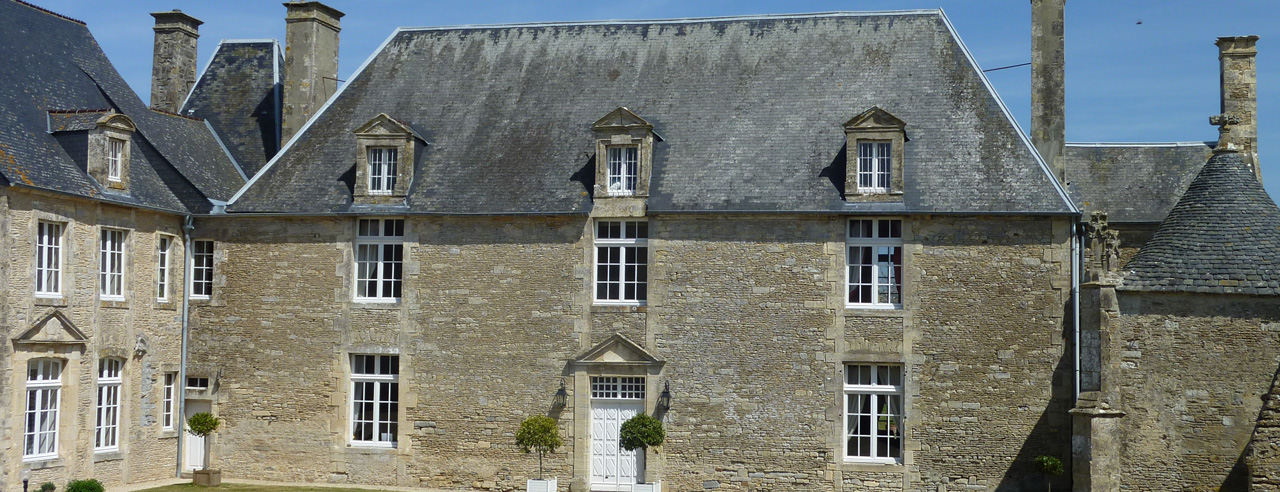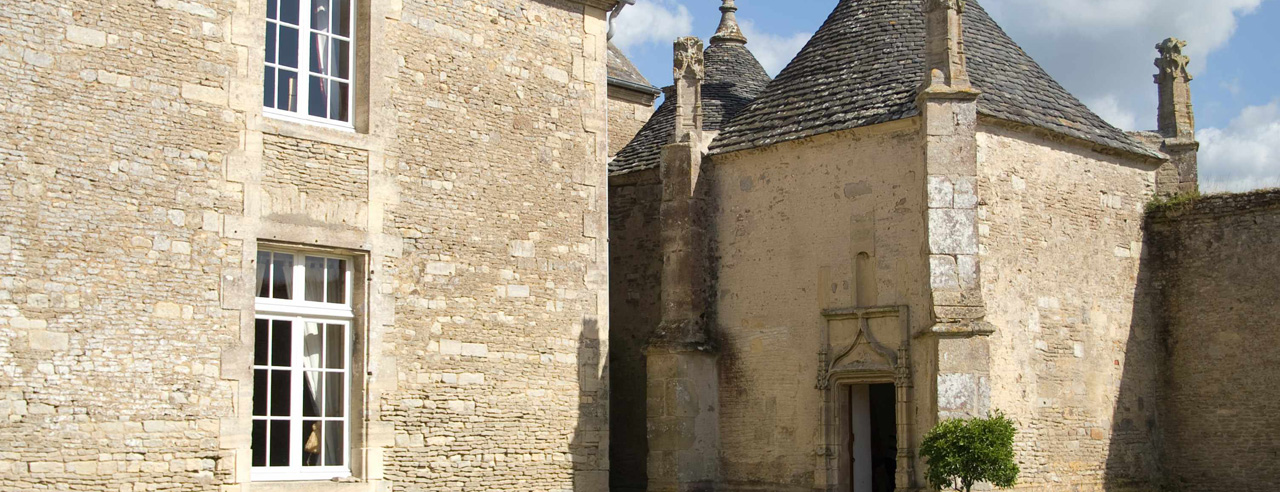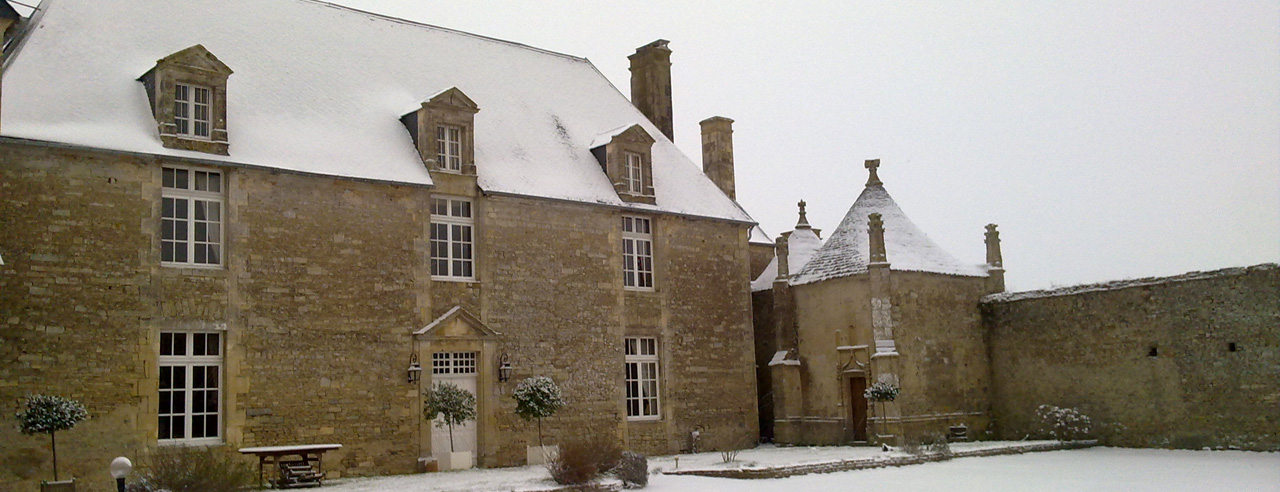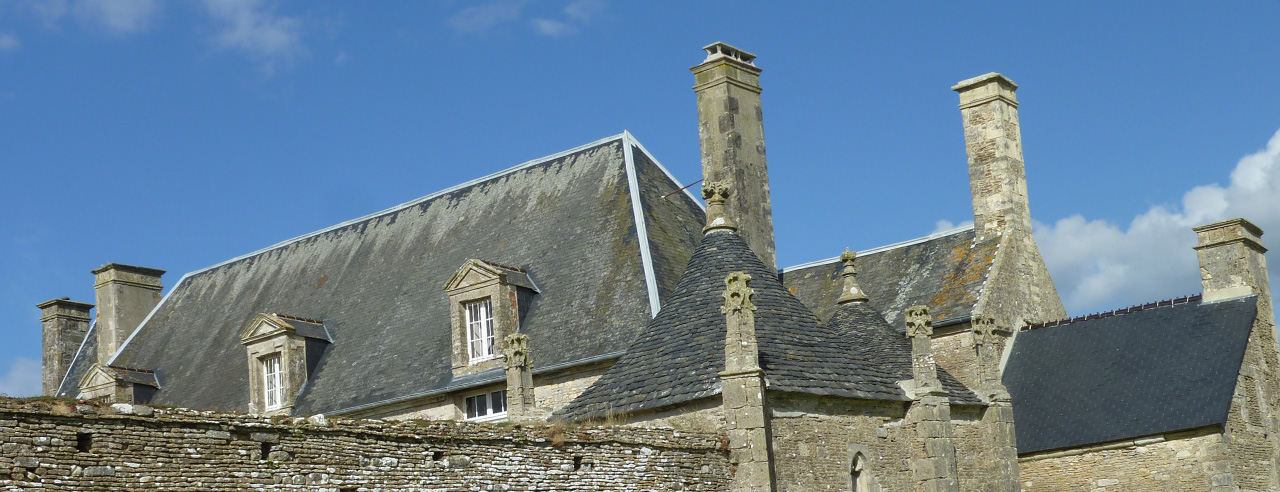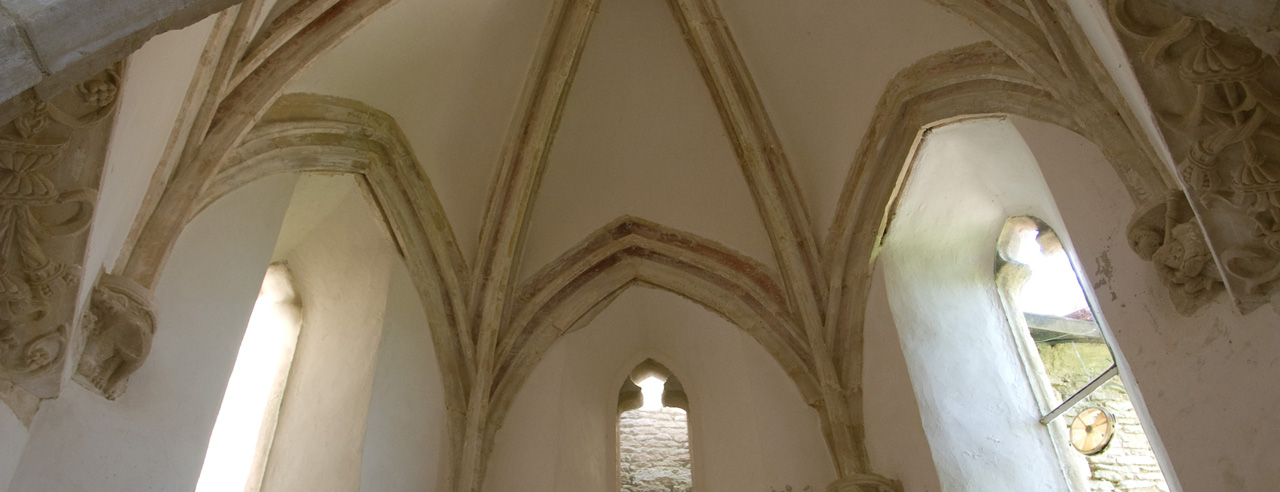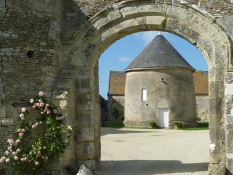A dovecote was a mark of feodal privilege, a sign of nobility and it was a sign of wealth.¬†More the lord possessed of lands more the dovecote could be important. L‚Äôhermerel’s dovecote has ¬† six to seven hundred holes ( nests) represented between 300 ‚Äď 350 hectares ( 800 acres) .
It was one of the first privileges to be abolished during the  french Revolution.  The walls are over a meter thick. As it had no roof, the birds were a nuisance to local farmers especially at times of sowing and harvesting.
Prior to the French Revolution in 1789, there were 42 000 dovecotes in France , producing nearly 17 000 000 young pigeons annually, which represented more than 2 000 000 kilograms of poultry meat. A dovecote was thus a source of food.
And also it was a source of revenue, a pair of pigeons producing between 7 and 10 eggs. The fledgelings could then be fattened and sold at market. Furthermore the droppings made for excellent fertiliser : 5 kg was the equivalent of 100kg of cow-dung and a pigeon yields 40g of dropping per day!. The feathers could also be used for pillows and duvets.
Following the Revolution, it was first used as a hayloft then as a cowshed for calves.
During WWII, when the manor house was requisitioned, it was used as a reserve for munitions!!
And after the war, as a reserve for firewood and even as a kennel for dogs.
…. and now it is an incredible and amazing¬† place to make a picnic !!!
